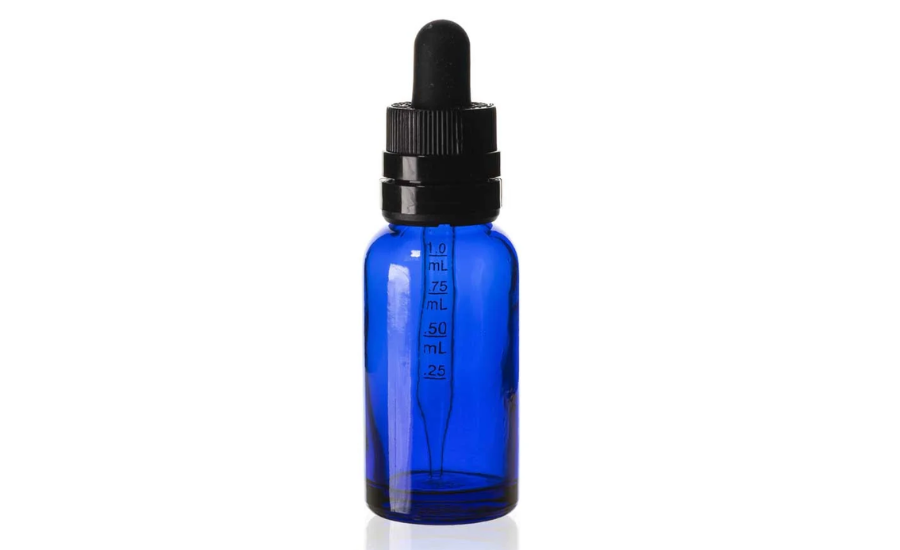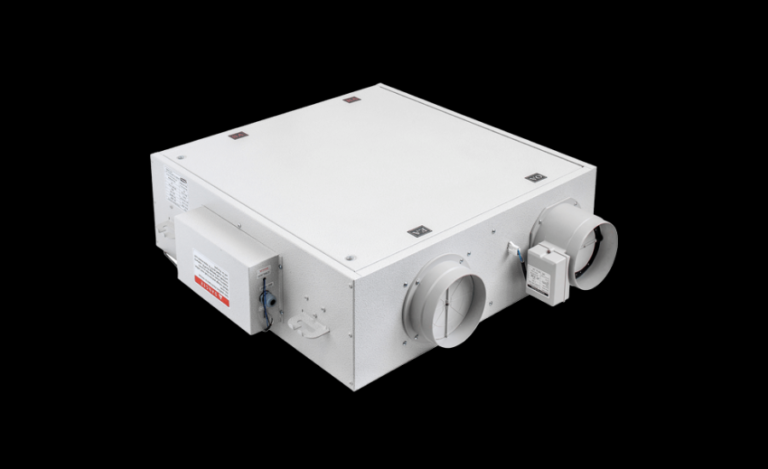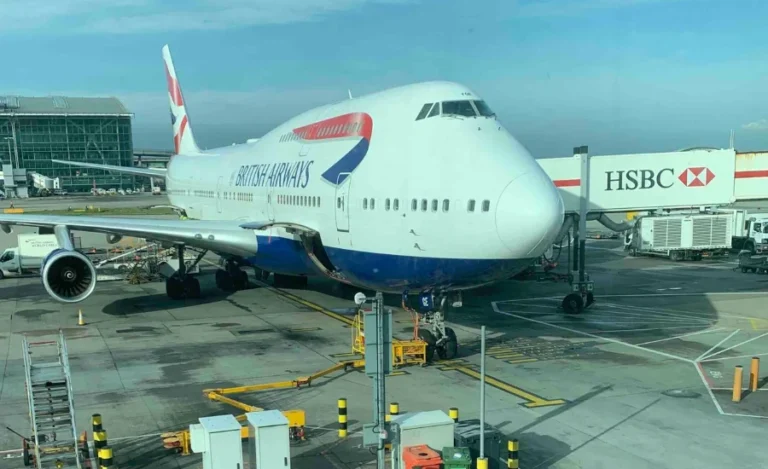Mastering Rounding Ml in an Oz Naplex 30: Essential Tips for Accurate Pharmaceutical Calculations
Unit conversions are fundamental for pharmacists, especially when dealing with medications that require precise measurements. A frequent conversion in pharmacy involves converting milliliters (mL) to ounces (oz) and vice versa. For those preparing for the NAPLEX, mastering the concept of Rounding Ml in an Oz Naplex 30 is crucial. This skill might seem straightforward but understanding the nuances of rounding accurately is essential for both the exam and practical pharmacy scenarios.
Several years ago, I was helping a friend prepare for the NAPLEX. Despite her familiarity with key conversion factors, she struggled with the practical application of rounding rules. The challenge was not in performing the conversions but in knowing when and how to round the numbers correctly. Should rounding be to the nearest tenth or hundredth? Addressing these practical questions is vital to ensure precision in both the NAPLEX and everyday pharmacy practice.
Understanding the proper approach to Rounding Ml in an Oz Naplex 30 involves more than just basic calculations. It requires a thorough grasp of rounding conventions to ensure accuracy in various contexts. By focusing on these details, you can improve your proficiency in unit conversions and be well-prepared for both the exam and your future career in pharmacy.
Mastering the Conversion: Rounding Ml in an Oz Naplex 30
To begin with, it’s important to understand the fundamental conversion factor used in pharmacy: 1 ounce is equivalent to 29.5735 milliliters. While this value is precise and universally recognized, real-world pharmacy practices often simplify this to 30 mL for ease of use. However, for tasks requiring exact dosing, especially with small quantities, adhering to the more precise conversion is crucial. This is particularly relevant in scenarios such as pediatric dosing, where even minor inaccuracies in rounding can significantly impact the dosage received.
When preparing for the NAPLEX, knowing how to round milliliters to ounces accurately, as highlighted in NAPLEX 30, is essential. The difference between using a rounded figure and the exact measurement can be critical, especially with potent medications where precision is paramount. For example, administering 1.01 ounces versus 1 ounce could lead to either underdosing or overdosing, which underscores the importance of accurate rounding in pharmacy practice.
Thus, while the conversion of mL to oz might seem straightforward, understanding the implications of rounding is vital for both exam preparation and practical applications in pharmacy. Ensuring precise dosing can prevent potential medication errors and enhance patient safety, making it essential to master these rounding techniques for effective pharmaceutical care.
Understanding Rounding Rules for Accurate Pharmacy Calculations

Rounding is a frequent challenge in pharmacy calculations and understanding how to apply it correctly is vital. The general rule for rounding is straightforward: if a number is at or above the halfway point to the next whole number, it should be rounded up, whereas if it’s below the halfway mark, it should be rounded down. This principle is not just a formality; incorrect rounding can result in significant real-world problems, such as an inaccurately calculated IV drip rate or an incorrect dosage of oral liquid medication.
To illustrate, consider the task of converting 75 milliliters to ounces. Using the exact conversion factor of 29.5735 milliliters per ounce (75 ÷ 29.5735) yields about 2.54 ounces. When rounded to the nearest tenth, this value becomes 2.5 ounces. However, if a prescription specifies 2.6 ounces, simply rounding to 2.5 ounces could lead to discrepancies. In such cases, precise rounding and adherence to exact measurements are crucial, especially when discrepancies could impact patient care.
This attention to detail is particularly relevant for those preparing for the NAPLEX, where accurate rounding of milliliters to ounces is an essential skill. In NAPLEX 30 situations, grasping the significance of accurate rounding can greatly impact the effectiveness of pharmaceutical care. Missteps in rounding could lead to either underdosing or overdosing, both of which could have serious implications for patient safety.
Ultimately, mastering rounding techniques and knowing when to use exact measurements versus rounded values is critical in pharmacy practice. Consistently applying these principles ensures accurate medication dosing, which is essential for effective patient treatment and safety.
Balancing Manual and Digital Conversion Skills for NAPLEX Success

Practicing manual conversions is crucial for developing a solid foundation in pharmacy calculations. Nevertheless, in fast-paced environments, digital tools can greatly enhance efficiency. Many pharmacists utilize applications that facilitate quick conversions from milliliters (mL) to ounces (oz), which can be especially useful in busy settings. However, it’s important to remember that during the NAPLEX exam, such digital aids are not permitted.
To prepare effectively for the exam, memorizing common conversion factors becomes invaluable. For instance, being familiar with the fact that 30 milliliters is approximately equal to 1 ounce can simplify the conversion process and save time during the test. This knowledge allows for swift, accurate calculations without relying on digital tools.
Grasping the process of rounding milliliters (mL) to ounces (oz), especially for Rounding mL in an oz NAPLEX 30 scenario, is crucial for ensuring precise outcomes. While digital calculators can assist in everyday practice, having a firm grasp of these conversions in your mind ensures you can handle exam scenarios with ease.
While digital tools offer convenience, proficiency in manual conversions and memorization of key equivalencies are fundamental for success in the NAPLEX and in practical pharmacy settings. This dual approach will help you navigate both exam conditions and real-world situations efficiently.
Applying Consistent Rounding Techniques for Accurate Dosage Calculations
Let’s explore a typical dosage problem that might be encountered in an exam scenario. Imagine you are tasked with converting a prescription of 150 milliliters into ounces, given that the patient’s measuring tool uses ounces. To convert this, you would use the formula:
150 mL÷29.5735=5.07 oz\text{150 mL} \div 29.5735 = 5.07 \text{ oz}150 mL÷29.5735=5.07 oz
When rounding this result to one decimal place, it becomes 5.1 ounces. It’s crucial to apply rounding consistently to ensure accuracy in such calculations. This practice is essential for both passing exams and providing correct dosages in real-world pharmacy settings.
Rounding conversions accurately, particularly in contexts like NAPLEX 30, requires careful attention to detail. The ability to correctly round milliliters to ounces ensures that medication doses are precise, which is vital for patient safety. Missteps in rounding can lead to dosing errors, impacting the effectiveness of the treatment and patient well-being.
Mastering the process of rounding mL to ounces, especially for NAPLEX 30, involves more than just performing calculations. It requires a thorough understanding of when and how to round to maintain accuracy in pharmaceutical practices and exams. Consistency in rounding practices helps in achieving correct dosages and ensuring reliable results in both theoretical and practical scenarios.
The Importance of Precision in Rounding for Sensitive Populations in Pharmacy

Converting milliliters (mL) to ounces (oz) might seem straightforward, but the complexity increases when dealing with specific patient populations. Children and the elderly often need more precise dosing due to their unique physiological responses to medications. In pediatric cases, doses are typically administered in very small and exact amounts, requiring meticulous attention to detail.
For example, there was an instance where a pharmacist had to convert a pediatric dosage from milliliters to ounces. Unfortunately, rounding off by 0.1 ounces resulted in the child receiving a slightly higher dose than intended. Although this discrepancy was not severe enough to be life-threatening, it had the potential to lead to unwanted side effects. Such situations highlight the critical importance of precision, particularly when the patients are more susceptible to variations in medication.
In the context of NAPLEX 30, understanding how to correctly round mL to oz is crucial for ensuring that dosing is accurate. This skill is essential not only for passing the exam but also for maintaining high standards of care in real-life pharmacy practice. Accurate rounding prevents medication errors that could adversely affect patient outcomes.
Overall, the need for precision in rounding conversions becomes even more significant when dealing with sensitive populations. Mastering the techniques of rounding mL to oz in NAPLEX 30 can help mitigate risks and enhance the safety and effectiveness of medication administration.
Avoiding Common Errors in Unit Conversions: Rounding and Conversion Factor Accuracy
One frequent error in unit conversions is rounding prematurely. For example, if you convert milliliters (mL) to ounces (oz) and round the number before completing the entire calculation, you risk introducing errors into your results. To ensure maximum accuracy, it’s best to perform the full conversion and then apply rounding as the final step. This approach helps maintain precision throughout the calculation process.
Another common challenge is correctly remembering the conversion factor. The value 29.5735 is crucial for accurate conversions but can be easily forgotten, especially under time pressure. While using approximations, such as rounding to 30 mL per ounce, can be helpful for quick estimates, it’s essential to use the exact conversion factor for precise calculations. Balancing speed and accuracy is key in these situations.
Ensuring that rounding is done only after completing the entire calculation, and consistently using the precise conversion factor, will help you achieve accurate results and avoid common pitfalls.
Overall, focusing on correct calculation practices and avoiding premature rounding can significantly improve the quality of your conversions, leading to better outcomes in both exam settings and practical pharmacy work.
Mastering Rounding and Time Management for NAPLEX Success
Practicing conversion problems is essential for solidifying your understanding, but real-world experience provides the most valuable insights into rounding mL to ounces, especially for NAPLEX 30. Working in various settings, such as hospitals or retail pharmacies, offers numerous opportunities to apply these calculations. During my tenure at a local pharmacy, I observed that conversions were a frequent part of daily responsibilities. Tasks involving medication syrups, topical creams, and IV solutions all required quick and accurate conversions, where even minor mistakes could impact patient outcomes.
In the context of the exam, solving problems is only part of the challenge. Effective time management is crucial. For instance, a colleague who excelled in practice tests faced difficulties with timing during the actual NAPLEX, as she spent excessive time double-checking straightforward conversions. Striking a balance between precision and efficiency is essential—managing accuracy under exam pressure often distinguishes between passing and failing.
Integrating real-world practice with test preparation can enhance your ability to perform accurate conversions quickly. This combination of practical experience and exam strategy ensures you are well-prepared to handle the demands of both everyday pharmacy tasks and the NAPLEX.
Ultimately, mastering rounding mL to ounces and developing strong time management skills will significantly contribute to your success in the NAPLEX and in your professional practice.
Leveraging Apps and Study Guides for Effective NAPLEX Preparation
While manual calculations are essential, various apps can significantly aid in daily practice. Tools such as MedCalc and PharmCalc allow for rapid conversions from milliliters (mL) to ounces (oz) with just a few taps. However, it’s important not to rely excessively on these apps during your NAPLEX preparation. Since the use of digital tools is prohibited in the exam setting, developing the ability to perform mental conversions is crucial. Moreover, practicing with these apps can help you get accustomed to verifying results, a skill that will be invaluable during the exam.
In addition to using conversion tools, study guides from sources like RxPrep or Kaplan can be highly beneficial. These guides provide problems specifically designed to mirror the types of questions you’ll encounter on the NAPLEX, including those involving conversions. Regular practice with these problems helps make the process of converting mL to oz more intuitive, which is crucial under exam conditions.
Building proficiency in these conversions through consistent practice not only enhances your technical skills but also aids in developing the muscle memory necessary for performing effectively under pressure. The more you practice, the more second-nature these calculations will become, which is essential for achieving success on the NAPLEX.
Overall, integrating both practical tool use and targeted study guides into your preparation strategy ensures that you are well-equipped to handle rounding mL to oz and other calculations efficiently during the exam.
FAQs
Q1. What is the importance of rounding mL to oz in pharmacy practice?
A. Rounding milliliters (mL) to ounces (oz) is crucial in pharmacy to ensure precise medication dosing. Accurate rounding is essential for both passing the NAPLEX exam and for effective patient care in practical settings.
Q2. Why should rounding be done after completing the full calculation?
A. Rounding should be applied only after completing the entire conversion to maintain maximum accuracy. Premature rounding can introduce errors into the results, which is especially critical in medication dosing.
Q3. How does incorrect rounding affect medication dosing?
A. Incorrect rounding can lead to significant dosing errors, which may impact patient safety. For instance, even a minor error in dosage can result in either insufficient medication or an excess amount, which might lead to adverse reactions or suboptimal treatment outcomes.
Q4. What is the standard conversion factor for mL to oz?
A. The precise conversion rate is 1 ounce equals 29.5735 milliliters. Using this precise value is important for accurate dosing, though a simplified value of 30 mL per ounce is often used for ease.
Q5. How can digital tools aid in preparing for the NAPLEX?
A. Digital tools like MedCalc and PharmaCalc can help practice conversions quickly. However, it’s crucial to rely on mental calculations for the NAPLEX exam, as digital tools are not permitted during the test.
Related: vezgieclaptezims-odds-play
Conclusion
Mastering the skill of rounding milliliters to ounces is essential for both the NAPLEX exam and real-world pharmacy practice. Accurate conversions ensure precise medication dosing, which is critical for patient safety and effective treatment. By understanding the importance of applying rounding rules only after completing calculations, using precise conversion factors, and integrating both practical and digital tools into your study routine, you can enhance your accuracy and efficiency. Effective preparation combines theoretical knowledge with practical experience, ultimately leading to success in the exam and excellence in pharmaceutical care.
Stay connected for the latest news and exciting stories on Brain Rusher!






